The Wellington Arch is in the Royal Heart of London just south of Hyde Park, and next to the Hard Rock Cafe. It was built between 1825 and 1827 to be the main entrance to Buckingham Palace. Built with the spectacular and heavy Portland stone carved with Corinthian carvings and Greco-Roman style pillars.
The Arch was named after King Wellington defeated Napoleon Bonaparte.
It was only in 1880 that the Arch was placed in its current position and in 1912 it was placed on the Arch, the four-horse chariot, Europe’s largest bronze sculpture. Visit the inside of this spectacular landmark and revel in the glorious sights of London. Discover the Royal Parks and watch the Domestic Cavalry on the way to the Changing of the Guard.
The arch has a single wide opening, flanked by massive pillars and opens back and forth with the central opening flanked by pairs of Corinthian columns just in front, and there are Corinthian pilasters in the corners and in the lateral elevations.
The Quadriga
The idea was to decorate the arches with reliefs and sculptures of the Roman triumphal arches, but due to the lack of funds, it was left unadorned.
In 1838, it was decided that the first Duke of Wellington would be honored with a large statue that would be placed at the top of the arch. Hence the current name of the arc.
However, the equestrian statue – designed by Matthew Coates Wyatt and placed in the archway in 1846 – was heavily criticized; It was considered too large in proportion to the bow and the queen would have said it was a monstrosity. In 1883, the nine-meter-tall statue was removed from the arch and then transported to Aldershot, where it is today.
Lord Michelham, of Hellingly, a wealthy banker, proposed to finance a new sculpture to replace the Wellesley statue. Designed by Adrian Jones, this sculpture in honor of King Edward VII is what we see today: a huge group of bronze sculptures depicting the angel of peace descending on the chariot drawn by four horses and led by a small boy. Lord Michelham’s eldest son, Herman Stern, acted as a model for the boy.
Inside the Wellington Arch
Few people know but Wellington Arch is hollow inside, you might think the gigantic structure was just a giant block of stone, but like most things in London it’s full of surprises.
Until 1992, it housed the smallest police station in London. It currently has a three-storey museum that educates visitors about the history of the arch including all the crucial moments of Waterloo and the Battle of Peace. The permanent exhibition on the beginnings of the arches is very interesting as well as a visit to the small but charming gallery Quadriga that explores the great soliloquies and patrimonies of the United Kingdom.
There is also a beautiful balcony that allows to contemplate all the good views near the Arc. and are some of the most unique in London. From left to right, you will have the exuberant and grandiose expansion of Hyde Park, Apsley House (where the Duke of Wellington lived), Piccadilly and even in Her Majesty’s immense garden.
The Inner Arc can be visited every day from 10am to 3:30 p.m., and costs £ 5.40 for adults and £ 3.20 for children. Schedule your visit and find out all the details on the Arco website.

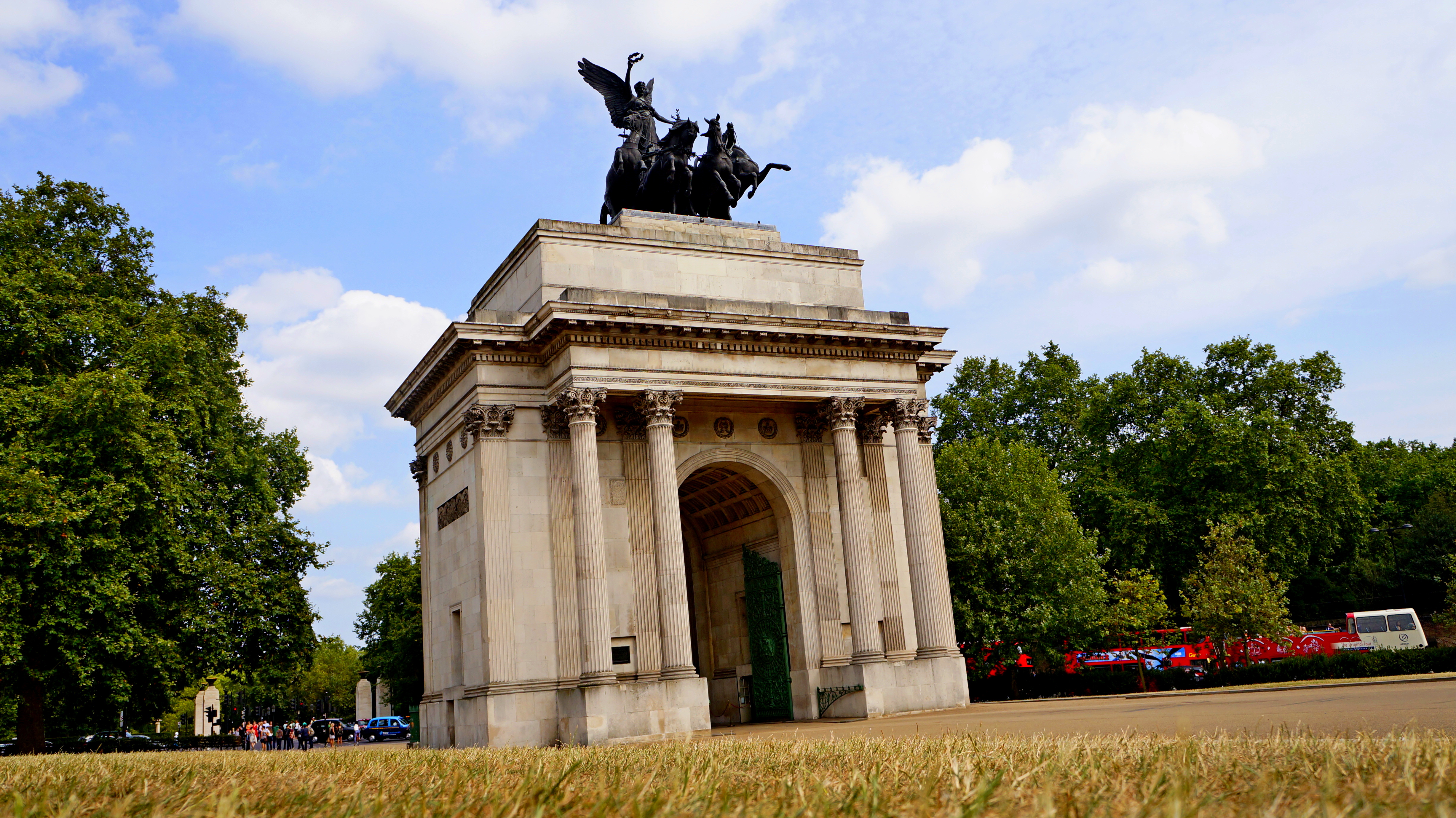
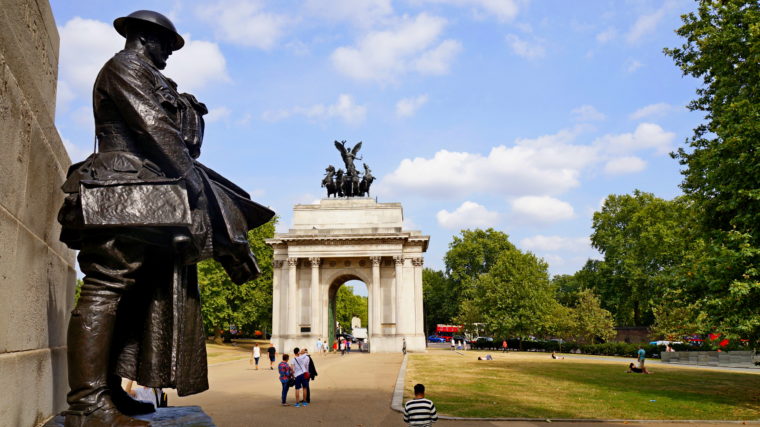
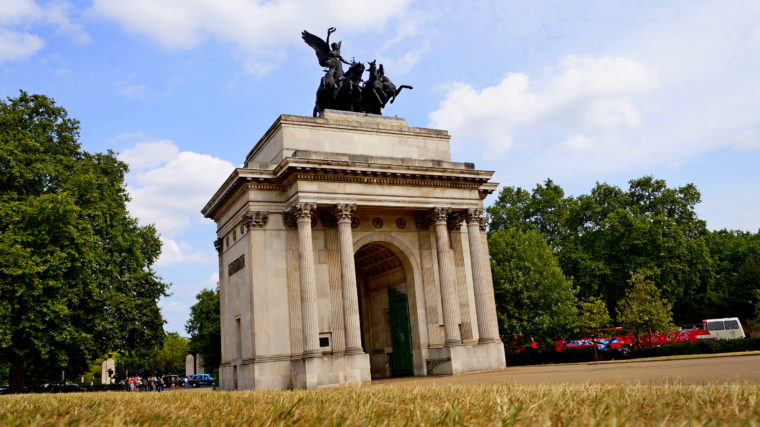
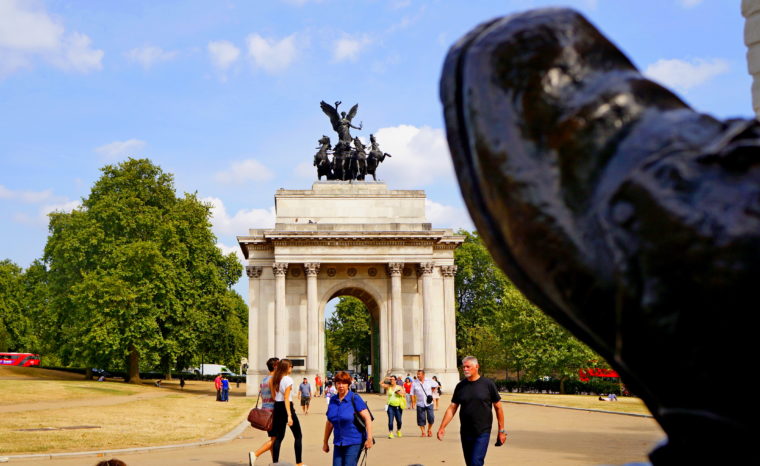

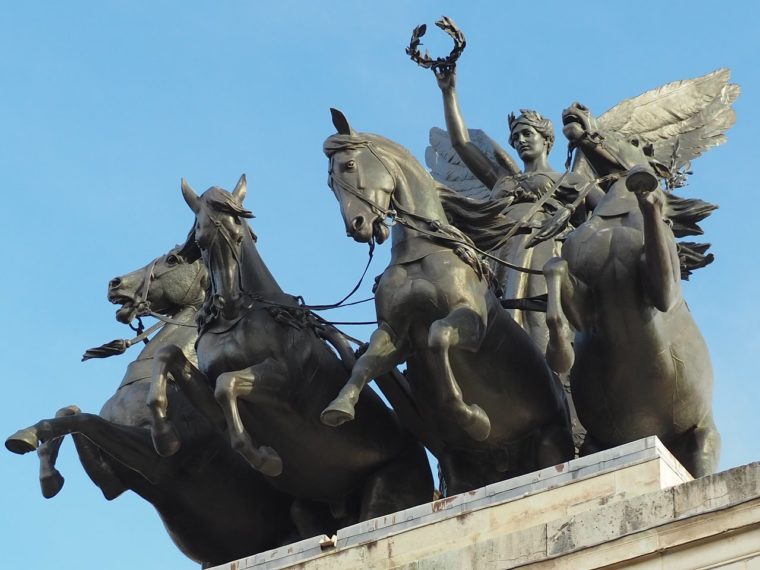
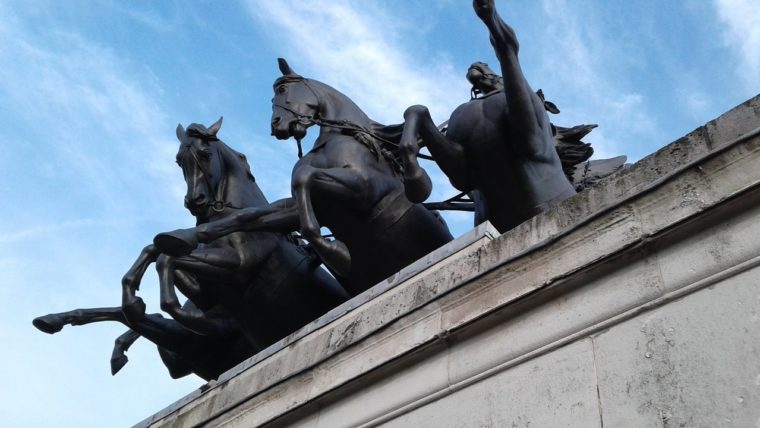
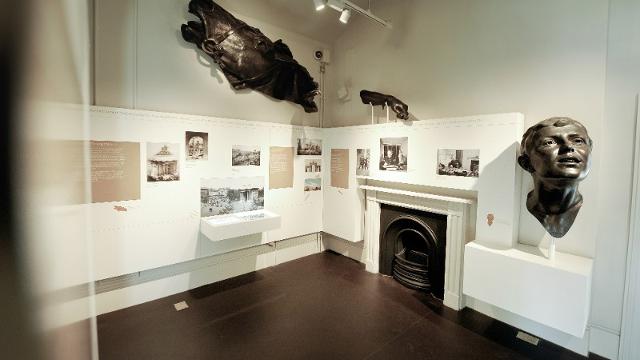
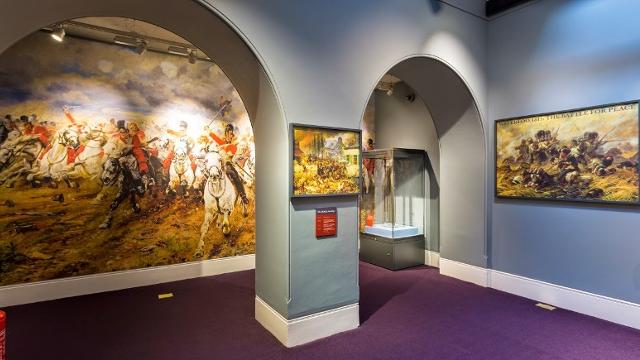

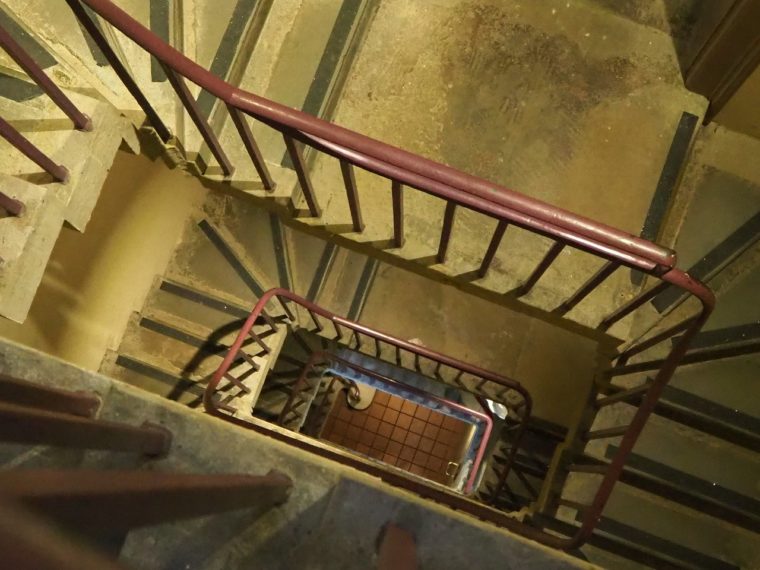
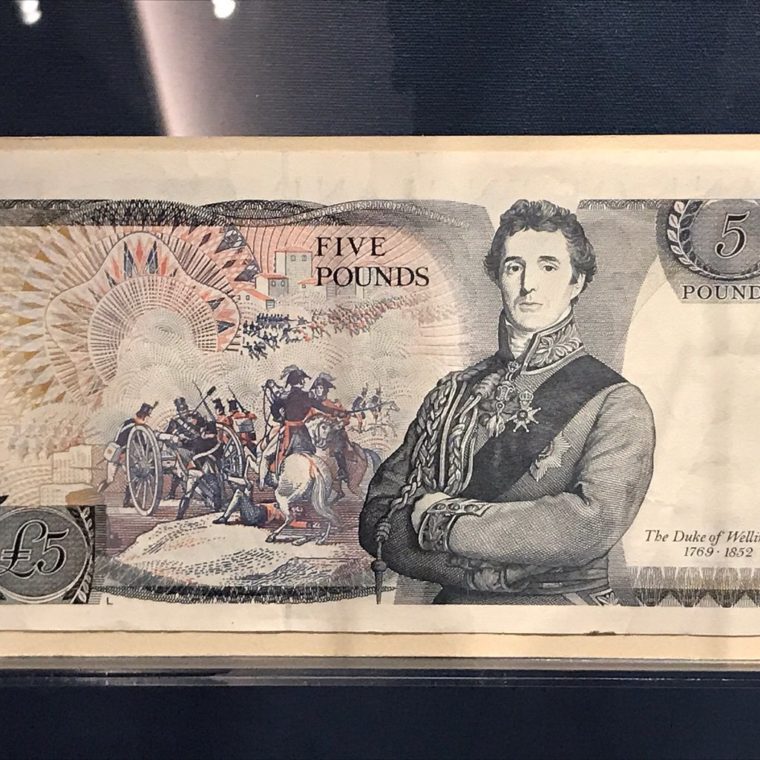
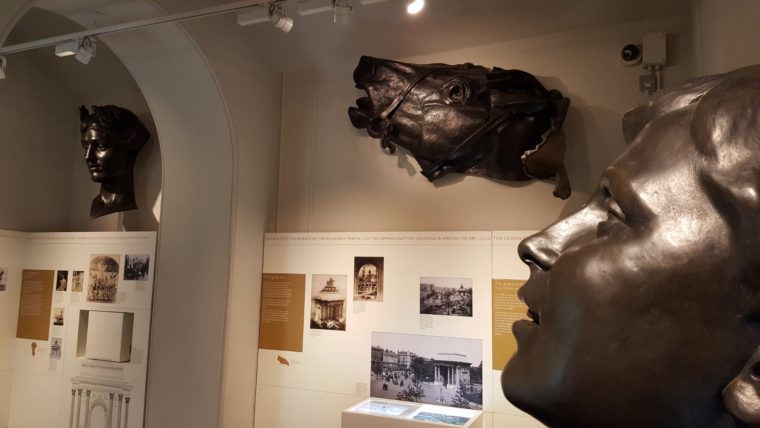
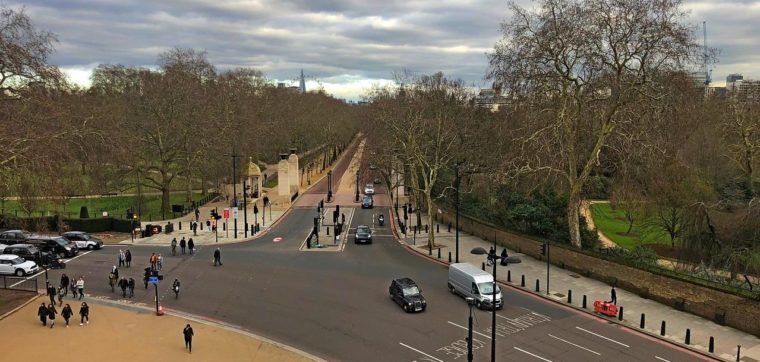
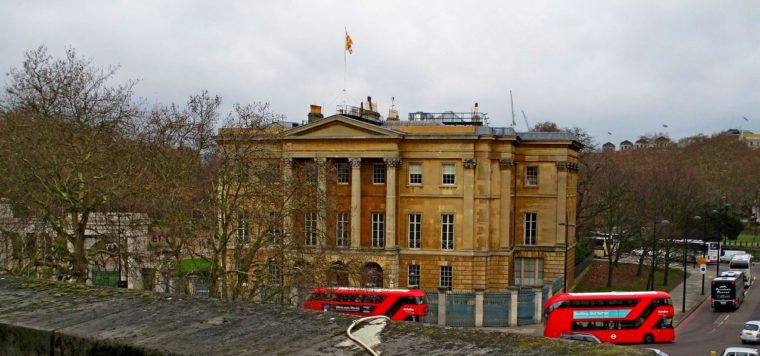
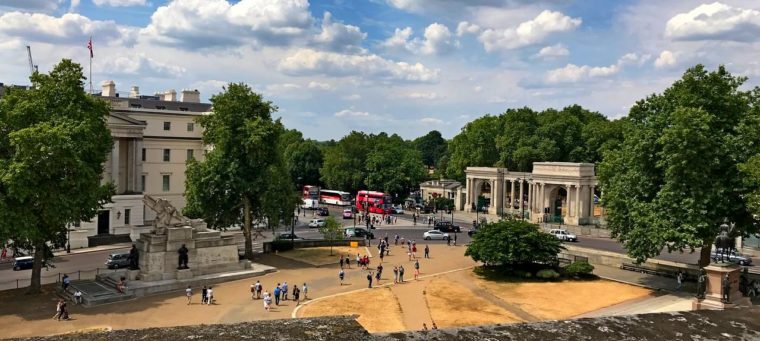
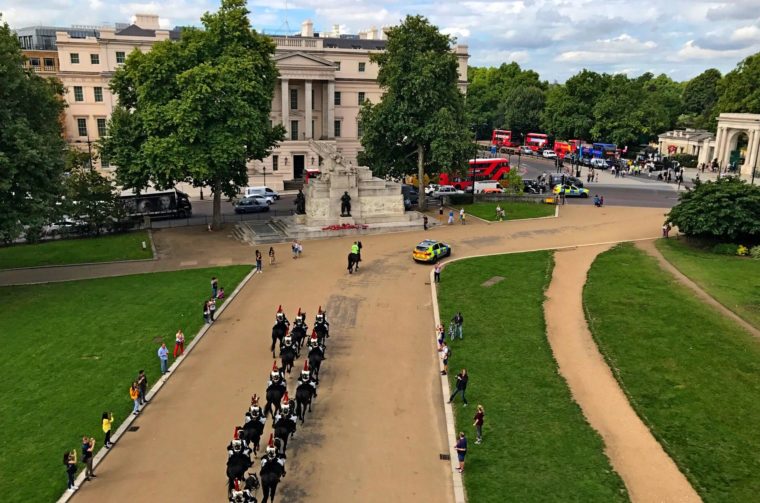
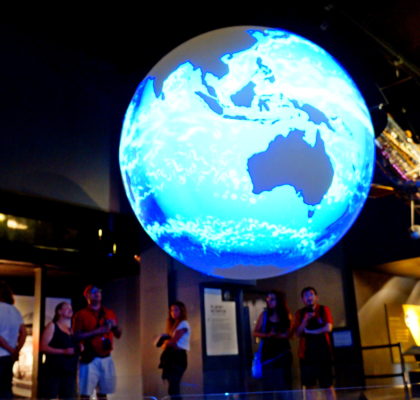
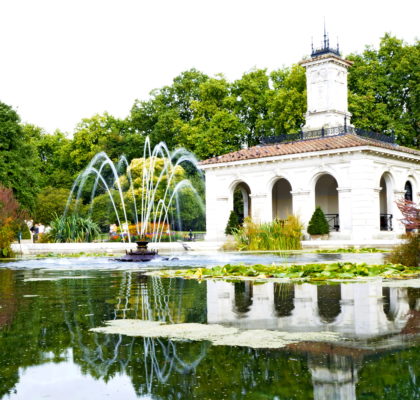
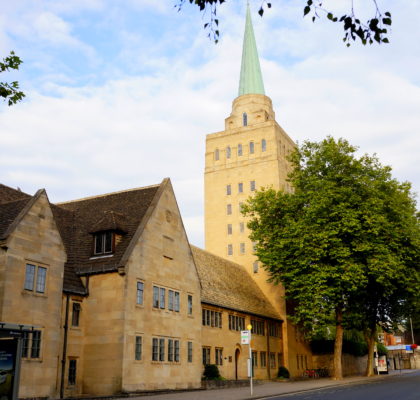
Pingback: Hyde Park uma área verde no coração de Londres ⋆ Viajario
Pingback: Memorial do Comando Bomber, Força Aérea Real ⋆ Viajario